Imagine being able to record once and speak everywhere. That is what creating an AI version of yourself makes possible. Creating your digital version is no longer futuristic, it’s something anyone can do today. These avatars are now being used for marketing, customer support, and even video content creation.
An AI version of yourself is more than a digital lookalike. It captures your voice, expressions, and tone, allowing you to appear in videos, campaigns, and conversations without needing to be there in person. With the right tools, it can learn your communication style and represent your brand as naturally as you would.
In this guide, you will learn exactly how to create an AI version of yourself step by step.
What Does It Mean to Create an AI Version of Yourself?
Creating an AI version of yourself means building a digital version that looks, sounds, and communicates just like you. It is a blend of personality and technology, turning your voice, expressions, and style into something that can speak and appear for you online.
Here’s what it really involves:
- Your voice: Trained from short samples so your AI version sounds natural, with your tone and phrasing.
- Your face and gestures: Captured through a few clear videos or photos to create a lifelike avatar.
- Your communication style: Learned from your past content, interviews, or captions so it speaks in your own words.
The result is not a replacement for you but an extension of your presence. It lets you stay visible, create more content, and engage audiences even when you are not recording.
You can use it in many ways:
- A talking avatar that hosts your videos or explains your products
- A digital spokesperson who runs brand campaigns or ads
- A chat version of you that answers questions in your voice and tone
Why You Might Want to Create an AI Version of Yourself
There was a time when video creation meant lights, cameras, and endless takes. Now, you can record once and reuse that same presence anywhere. That is the power of having an AI version of yourself.
Here’s why more creators, founders, and educators are doing it:
- Save hours every week: Once your AI version is trained, it can produce videos, social clips, and ads automatically. You no longer need to film or edit every time.
- Stay consistent: It keeps your voice and tone the same across every platform, so your brand feels unified even when you are not posting in real time.
- Grow faster: Your AI version can record product explainers, respond to leads, or post content while you focus on strategy and growth.
- Reach more people: You can be present across multiple platforms, languages, and time zones without being online 24/7.
- Future-proof your brand: As audiences expect more video-based interaction, having your AI version keeps your brand ready for what comes next.
How to Create an AI Version of Yourself (Step-by-Step)
Creating an AI version of yourself might sound technical, but the process is surprisingly simple once you break it down. The goal is to capture your voice, look, and communication style so your digital version feels real and natural.
Here’s how to do it:
1. Define your purpose clearly
Before anything else, decide why you’re creating your AI version.
Ask yourself:
- Do I want it to represent me in marketing videos or brand explainers?
- Should it handle basic customer communication or serve as a digital spokesperson?
- Do I want it to sound fully like me or just reflect my tone and style?
When your goal is clear, every other step becomes simpler.
2. Gather high-quality reference material
Your AI model needs good visual and audio data to feel real.
- Record a short, well-lit video of yourself speaking naturally.
- Take several clear headshots from different angles.
- Capture at least three to five minutes of clean audio with a neutral tone and natural pacing.
These assets teach the system how you look, move, and sound. The better the input, the better the result.
3. Choose a trusted creation platform
Not every platform handles likeness and voice modeling well. Choose one that:
- Protects your data and privacy
- Lets you retain full rights to your avatar
- Supports both video and voice creation
Solara AI is one of the best options for professionals who want more than a digital face. It learns your brand voice, creates lifelike presenter videos, and connects your avatar to real marketing campaigns automatically.
4. Customize your appearance
Once your digital version is created, you can fine-tune the details.
- Adjust facial expressions, gestures, and clothing to reflect your personality.
- Keep your setup simple, neutral background, soft lighting, and colors that match your brand.
- Test a few different angles to see which one looks the most natural.
Remember, authenticity beats perfection.
5. Train your voice for accuracy
Voice is one of the strongest ways to make your avatar sound human.
- Upload your recorded voice sample.
- Adjust tone, pitch, and speed until it sounds natural.
- Read your script out loud to test rhythm and flow.
If your platform allows AI voice matching, it will refine pronunciation and pacing automatically.
6. Write a short, natural script
Start with something simple, a 30-second introduction, a quick product demo, or a personal message.
- Use short, clear sentences
- Speak as if you’re talking to one person
- Avoid jargon and complex phrases
Once your script feels conversational, upload it to the platform and preview your first video.
Pro Tip: If you’re unsure where to start, use ChatGPT to help you write a simple, friendly script. Try this prompt:
“Write a 30-second video script where I introduce myself as [your name], explain what I do, and invite viewers to connect or learn more. Keep the tone conversational and genuine.”
You can adjust the prompt by adding your industry, product type, or audience. In seconds, you’ll have a script that sounds natural and fits your voice.
7. Review, publish, and refine
Watch your video from start to finish and note any small tweaks that improve realism, maybe a smile, a pause, or a softer tone.
When it looks right, start sharing it across platforms.
- Publish it on your website, email campaigns, and social media.
- Track engagement to see how people respond.
- Refresh your avatar every few months as your style or branding evolves.
Pro Tip: Solara AI can automate this entire process. You upload your clips once, and Solara helps you build lifelike avatars, generate UGC-style videos, and manage where and when they get published. It is a simple way to keep your presence active and professional without spending hours filming.
5 Best Tools to Create an AI Version of Yourself
You do not need to be a tech expert to create your digital self. The tools available today make the process simple, fast, and surprisingly personal. Each one offers a slightly different approach, from lifelike video avatars to full automation systems that manage your content.
Here are the top tools that help you bring your AI version to life:
1. Solara AI
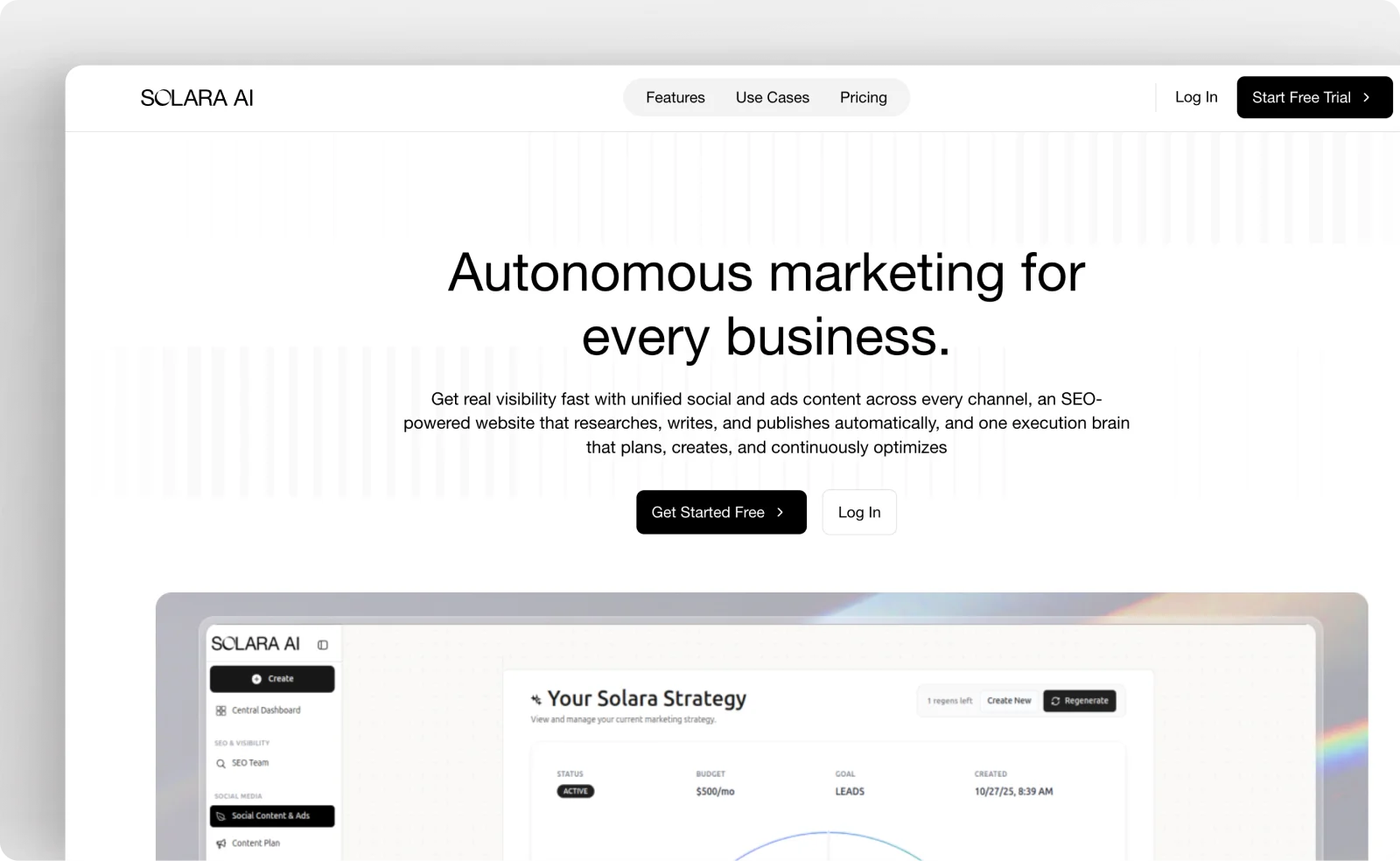
Solara AI creates a complete digital version of you that looks, sounds, and communicates like the real you. It studies your tone, expressions, and personality to build an avatar that represents your brand authentically. Once created, Solara can use your digital twin to produce videos, run campaigns, and even engage with your audience automatically.
Key Features
- Personalized avatar modeling: Builds a lifelike version of you using your image and voice.
- Adaptive learning: Learns your tone and communication style over time.
- Automated video creation: Turns your avatar into the face of your marketing or training content.
- Brand consistency: Keeps your digital version aligned with your voice and style across all platforms.
2. Synthesia
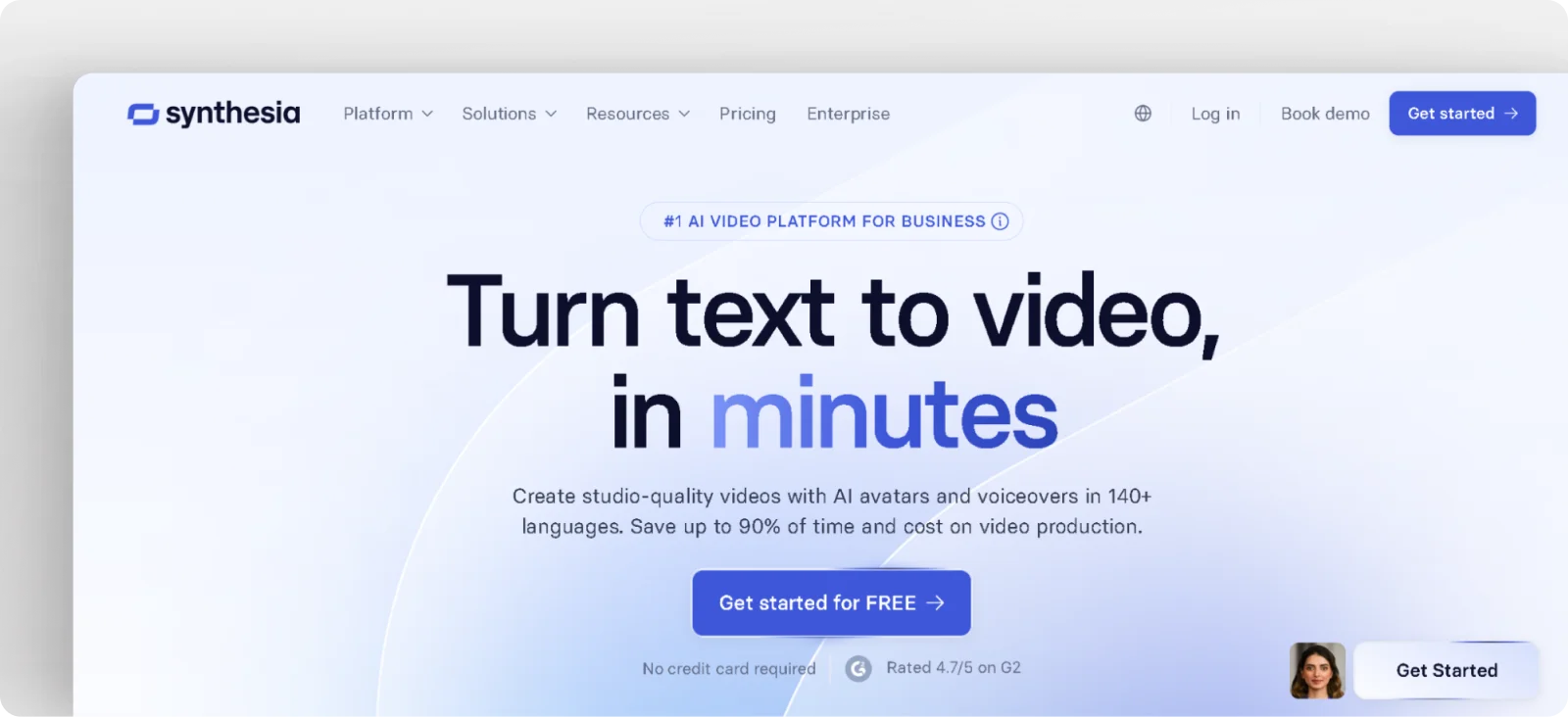
Synthesia helps you create realistic talking avatars from just a script. You can choose from hundreds of presenters or upload your own image and voice to make your personal avatar. It’s ideal for tutorials, marketing videos, and professional presentations that need a human touch.
Key Features
- Custom avatar creation: Record a few seconds of yourself to generate a lifelike digital version.
- Voice integration: Use your own voice or a realistic synthetic one.
- Script-based generation: Type your text and your avatar speaks it naturally.
- Language flexibility: Supports multiple languages for global communication.
3. HeyGen

HeyGen lets you create hyper-realistic avatars that move, speak, and emote naturally. You can record a short video or upload photos, and the platform generates your virtual twin in minutes. It’s especially useful for creating short-form videos that look human and engaging.
Key Features
- Video-to-avatar creation: Upload a selfie or clip to create your digital twin.
- Natural movement: Smooth gestures and expressions make avatars more realistic.
- Voice cloning: Capture your own voice for a more personal connection.
- Easy editing tools: Quickly adjust scripts, backgrounds, or facial expressions.
4. Creatify

Creatify makes it easy to create a realistic digital version of yourself for short videos and social clips. Upload your image and voice sample, and the platform builds a natural-looking avatar that can deliver your message in seconds.
Key Features
- Quick avatar generation: Upload your selfie or video to create your digital self.
- Voice sync: Your avatar speaks using your tone and pacing.
- Simple editing: Adjust scripts, gestures, and camera angles with ease.
- Social-ready exports: Optimized for TikTok, Meta, and YouTube.
5. Elai.io
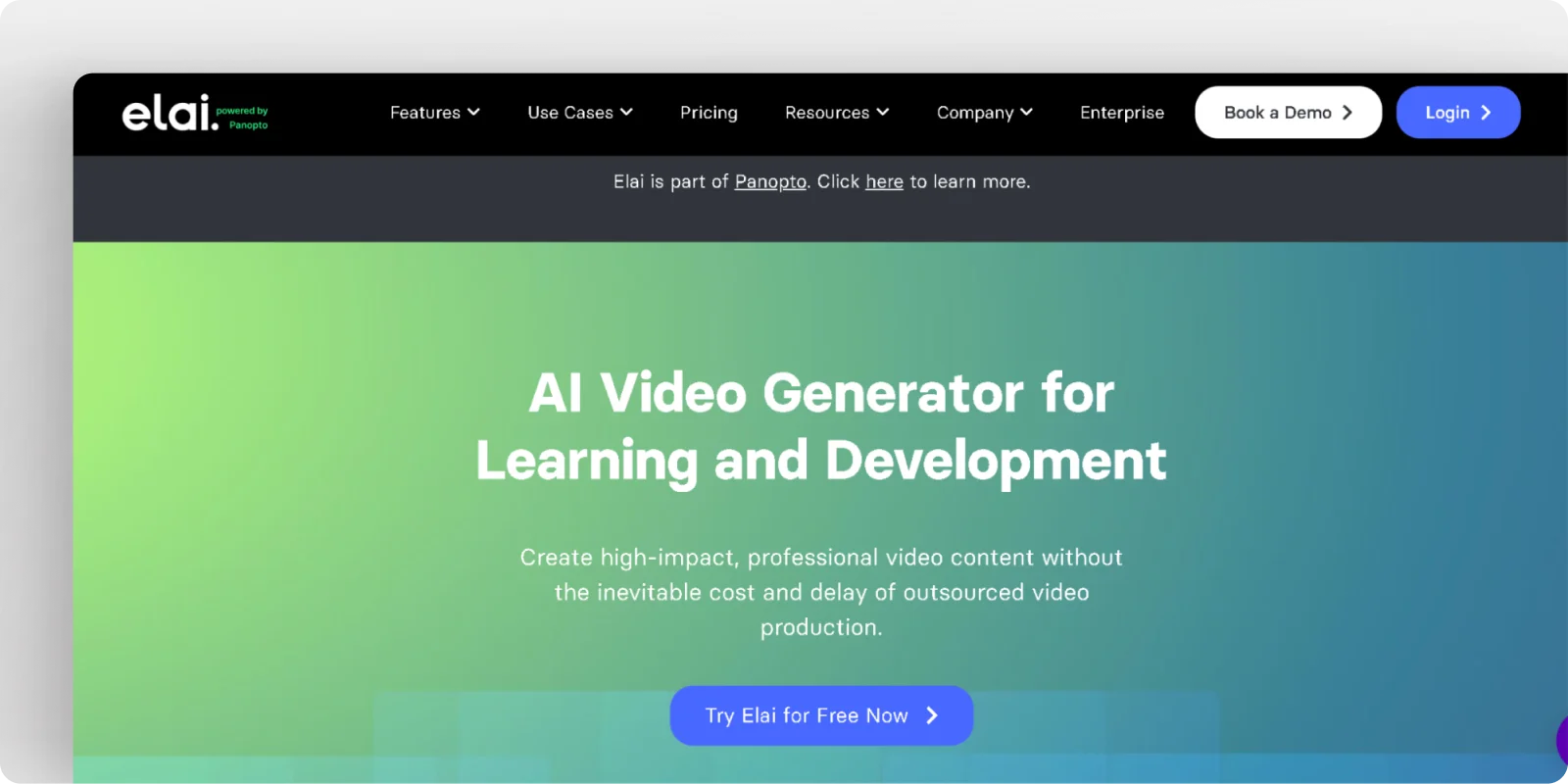
Elai.io helps you turn yourself into an avatar using just a short video recording. Once set up, you can use your avatar to deliver training, explain products, or host social videos without ever filming again.
Key Features
- Self-avatar recording: Upload a short video to create your avatar.
- Script-to-video: Type what you want to say and generate videos instantly.
- Custom backgrounds: Place your avatar in different settings or brand templates.
- Consistent delivery: Keeps tone, pacing, and gestures natural across videos.
Each of these tools can help you create your digital twin, but the right one depends on what you want to achieve.
If you want your AI version to not only exist but also run your campaigns, track results, and adapt your message, Solara AI gives you that complete, connected system.
Bring Your AI Avatar to Life with Solara AI
Creating your AI version is one thing, but turning it into something that works for you is where Solara AI makes a real difference. Solara helps you build a lifelike version of yourself that sounds and feels natural, then uses it to create authentic videos that connect with your audience.
It analyzes your tone and style, generates short, realistic videos, and handles everything from posting to tracking results, ensuring your digital self keeps your brand active with minimal effort.
Here’s what makes Solara stand out:
- Authentic avatars: Builds videos that sound like you and look natural.
- Smart campaign management: Handles publishing across TikTok, Meta, and Google automatically.
- Consistent storytelling: Keeps your brand tone and message steady across every platform.
- Performance tracking: Shows how each video performs so you can focus on what works.
More creators and businesses are now using tools like Solara to keep their marketing personal and consistent. You can explore how this shift is reshaping digital storytelling in the future of AI in social media.
If you’re ready to make your digital self part of your brand story, Solara AI gives you everything you need to do it naturally.
Get started with Solara AI today.
Subscribe to our newsletter
Lorem ipsum dolor sit amet, consectetur adipiscing elit. Suspendisse varius enim in eros elementum tristique.


.jpg)
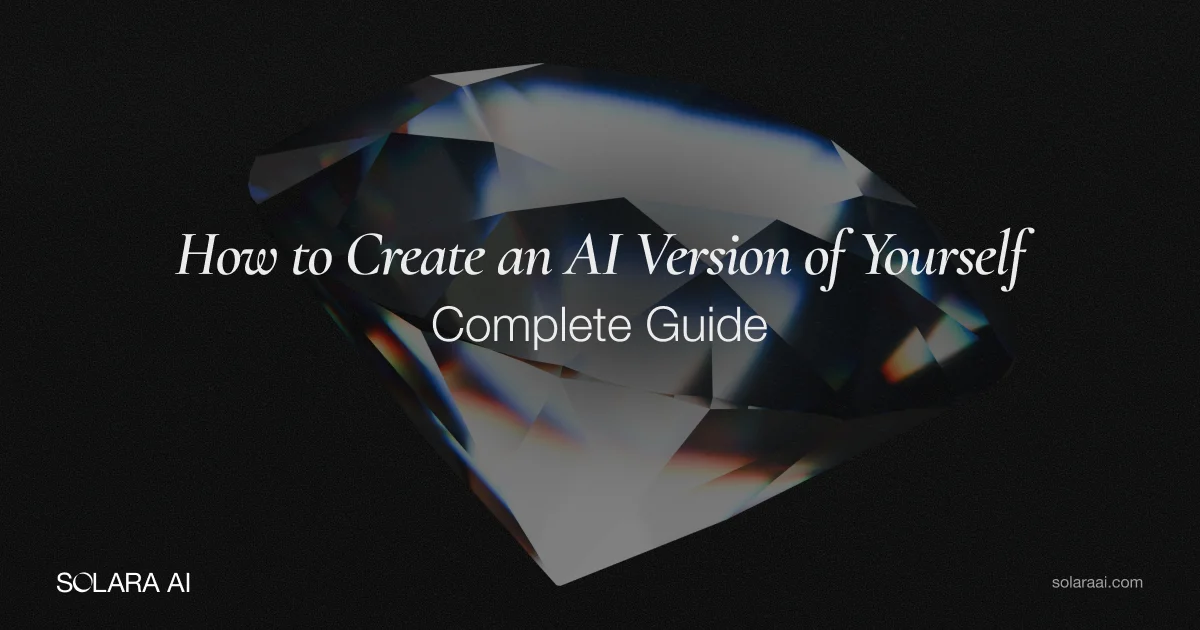



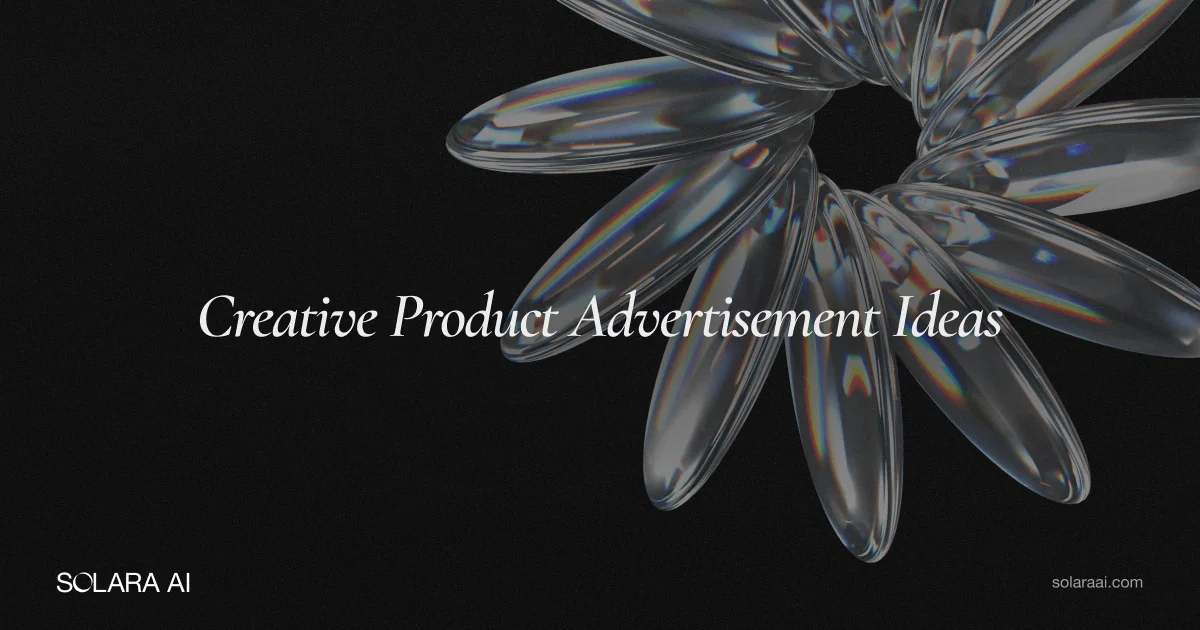





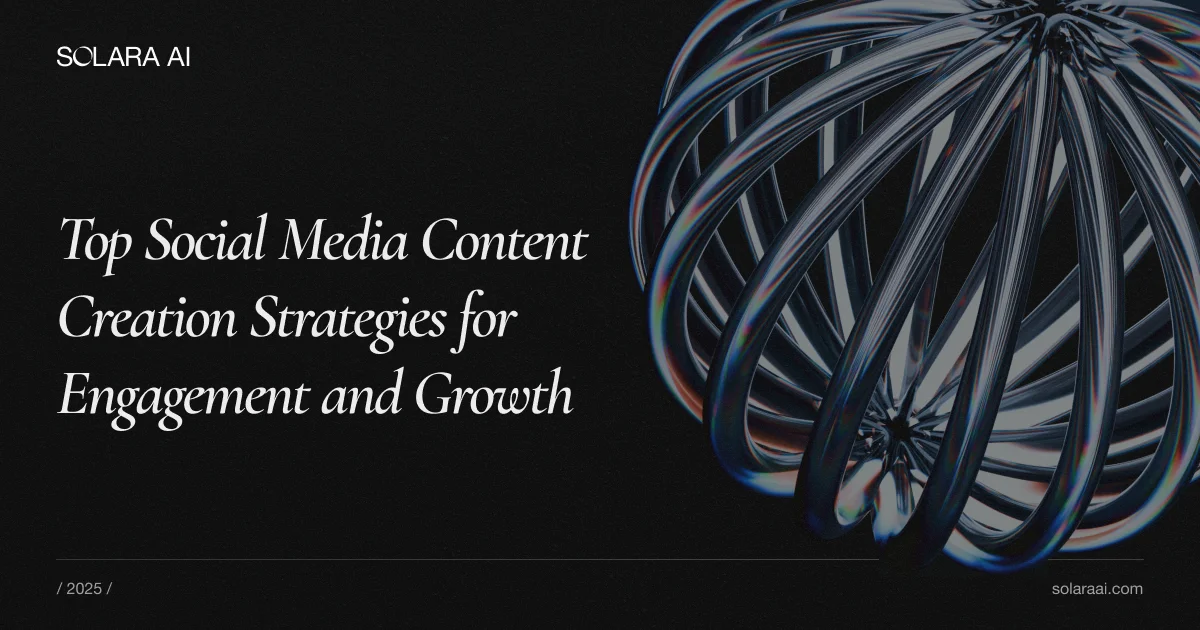
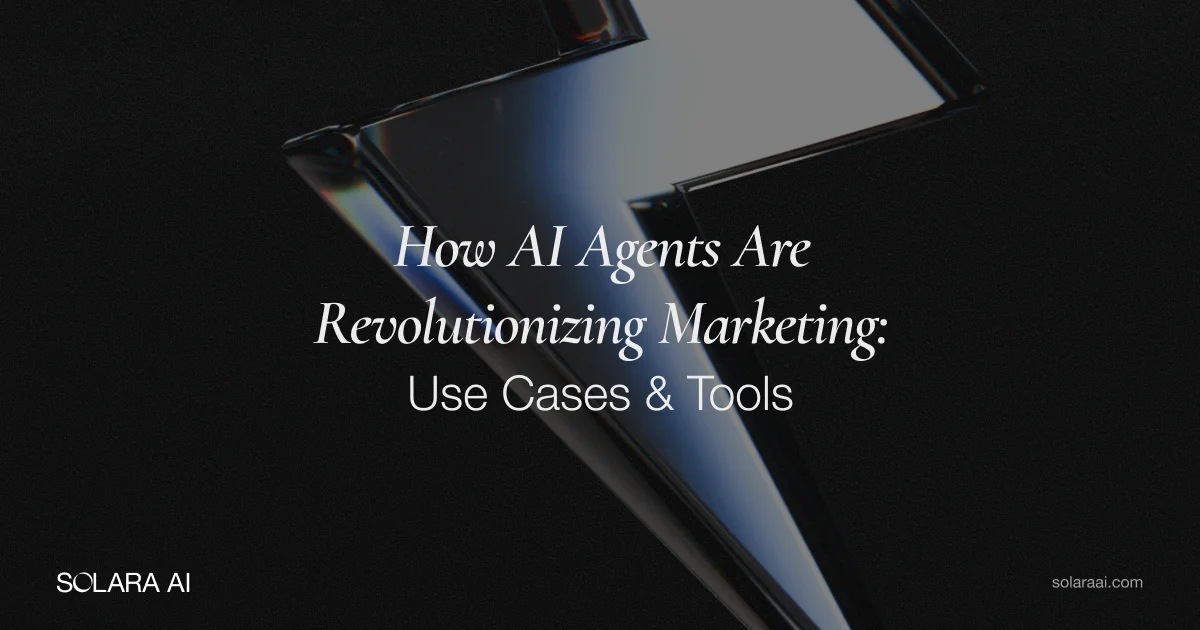
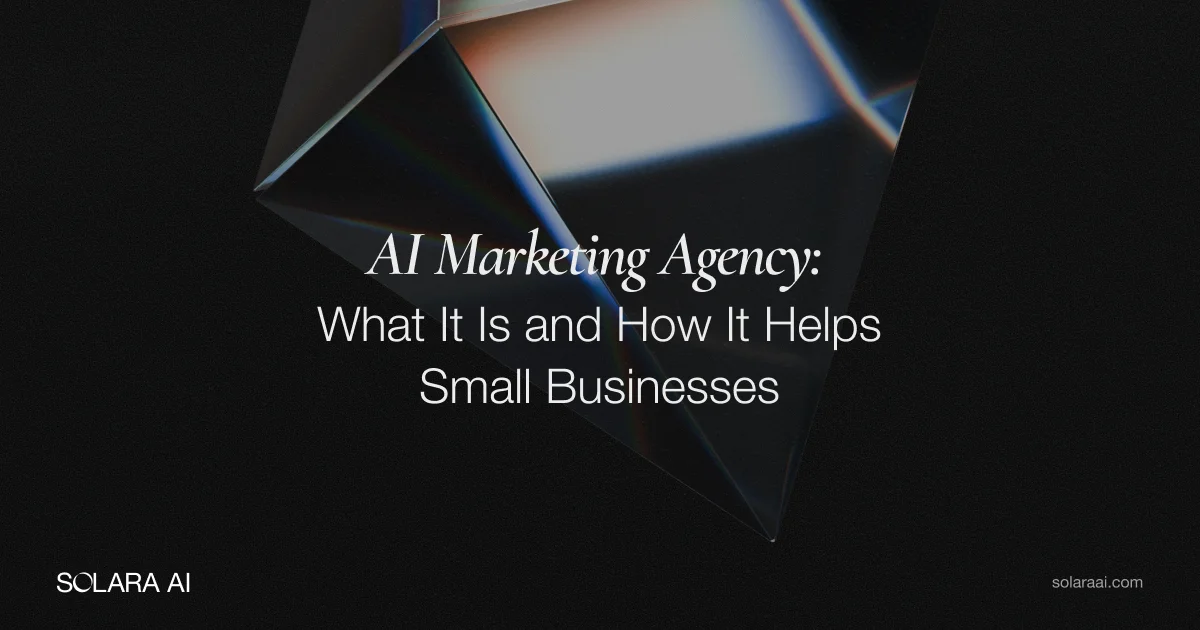
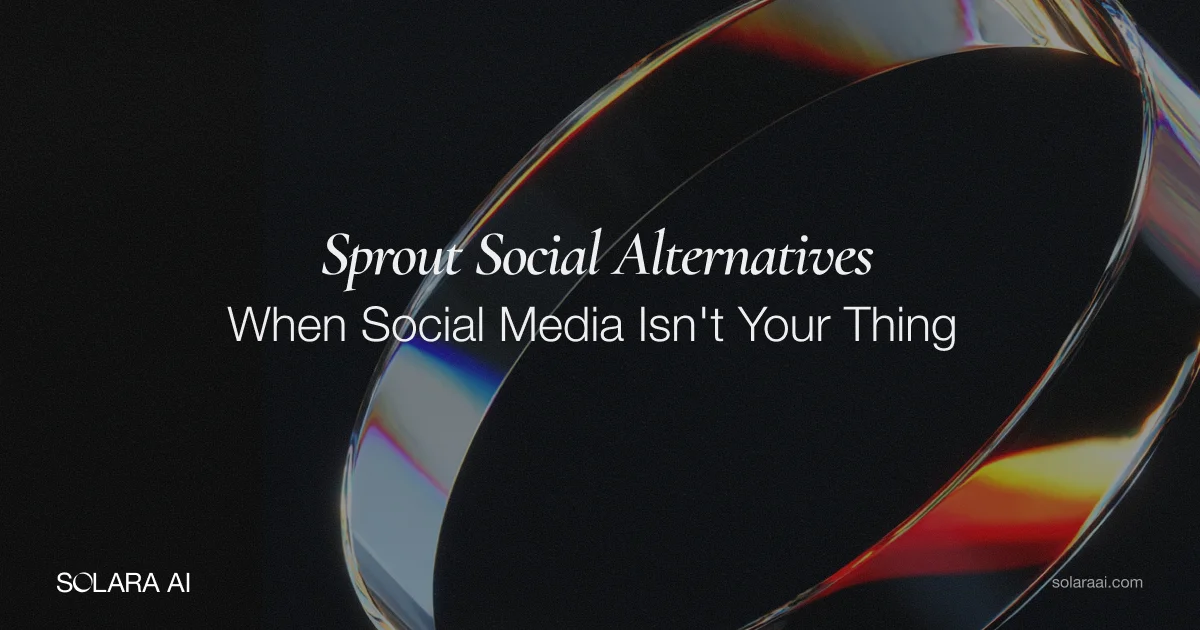



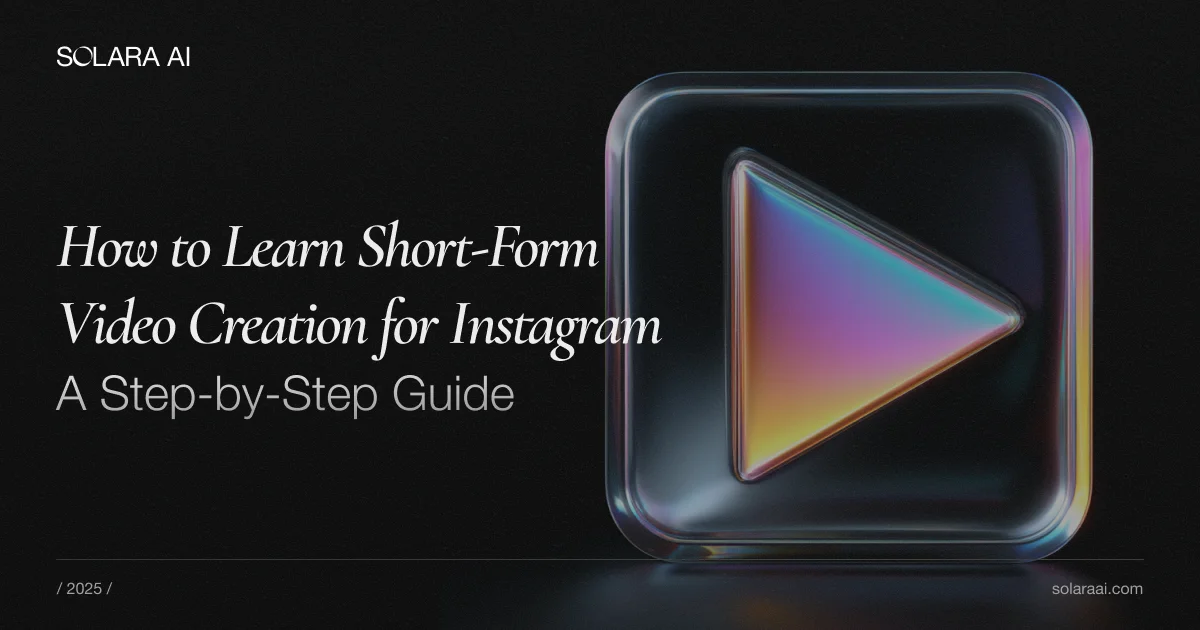


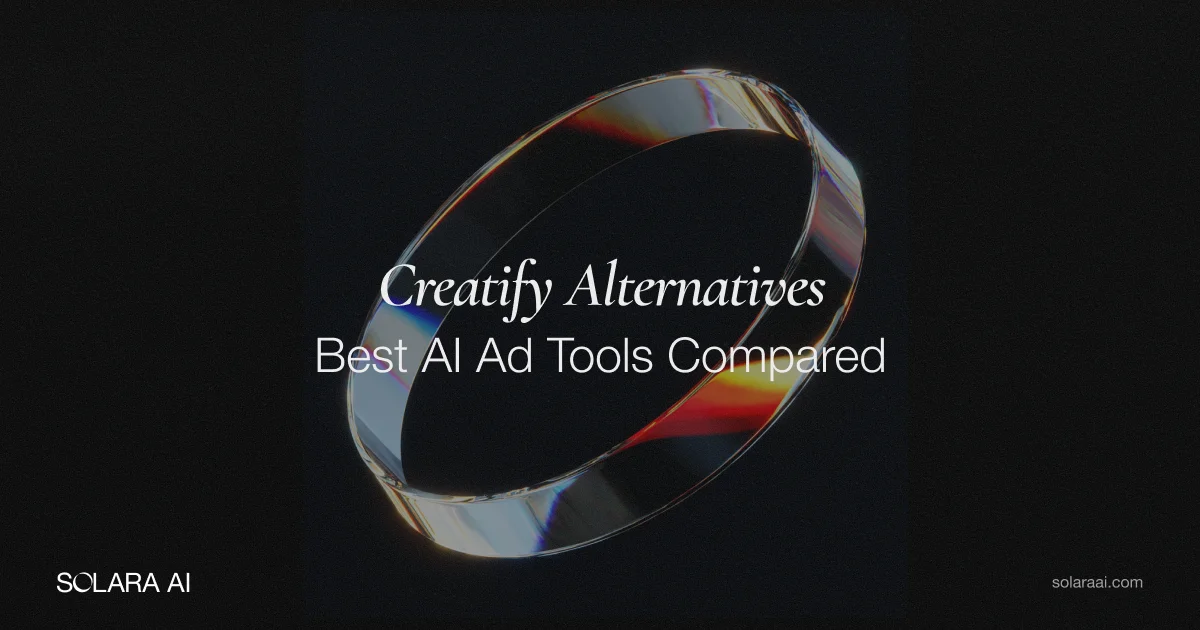



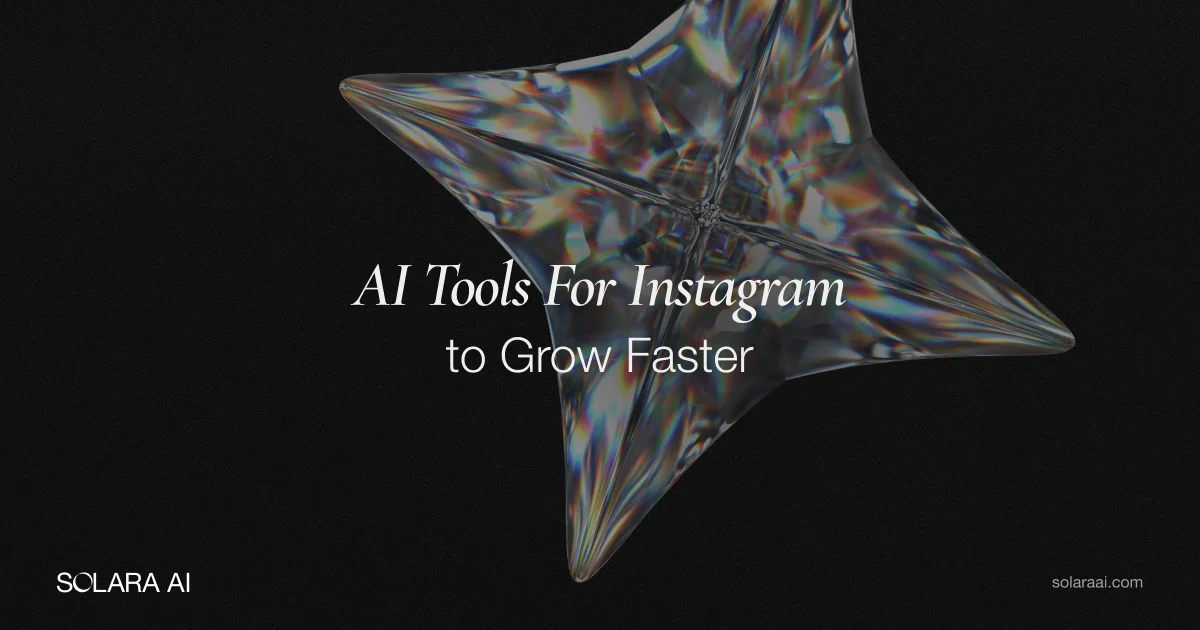
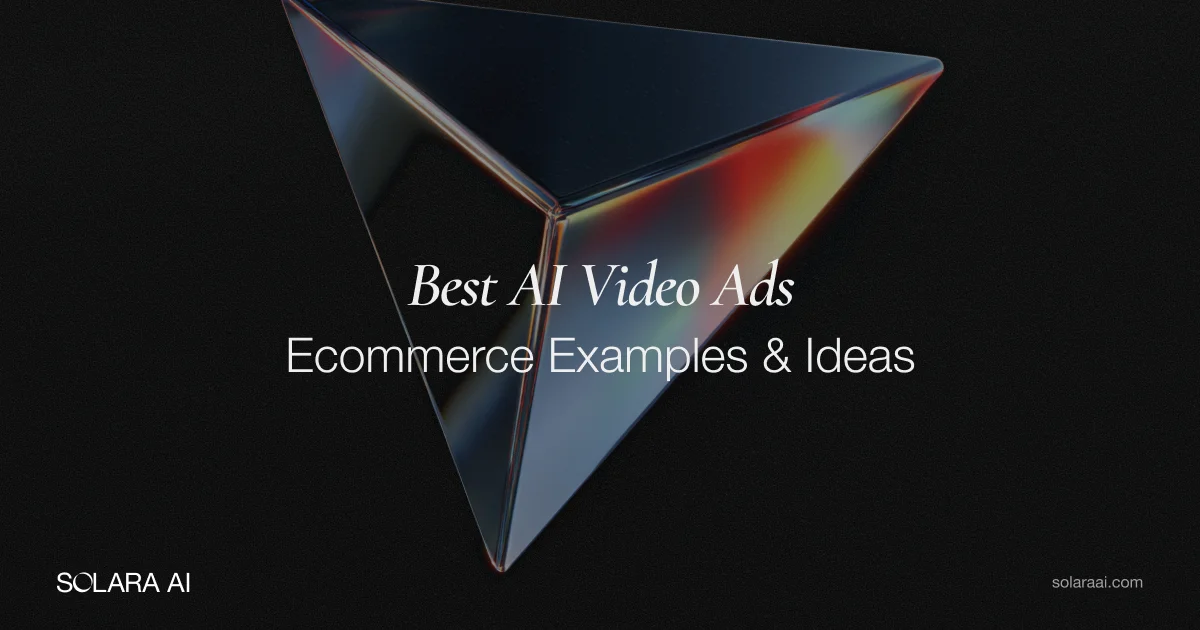
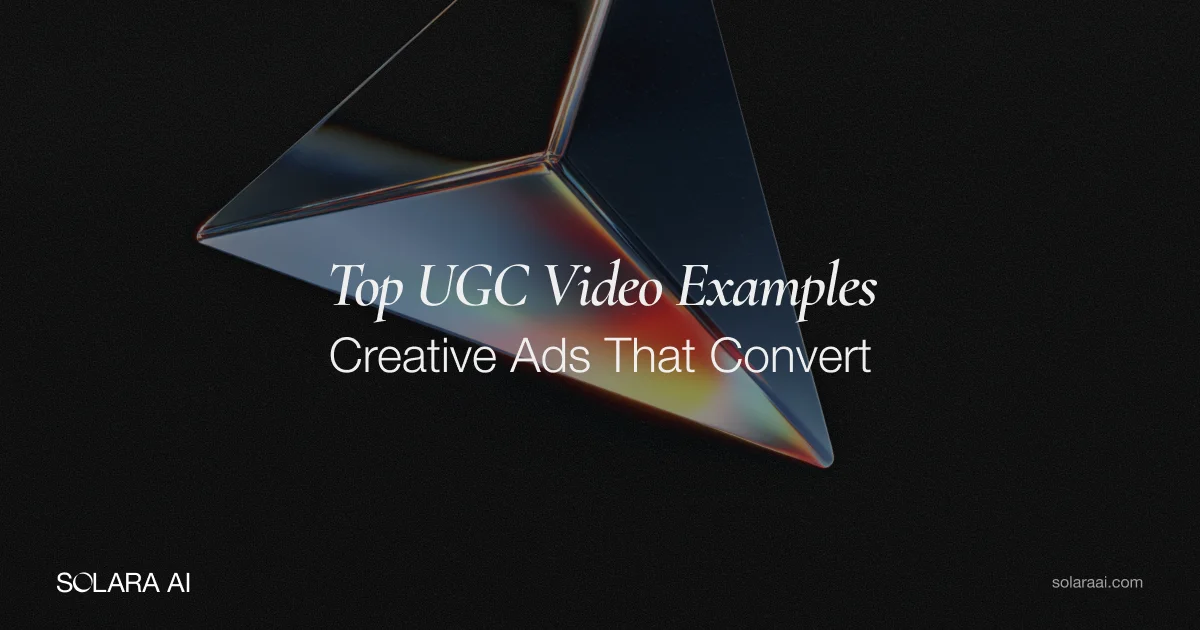

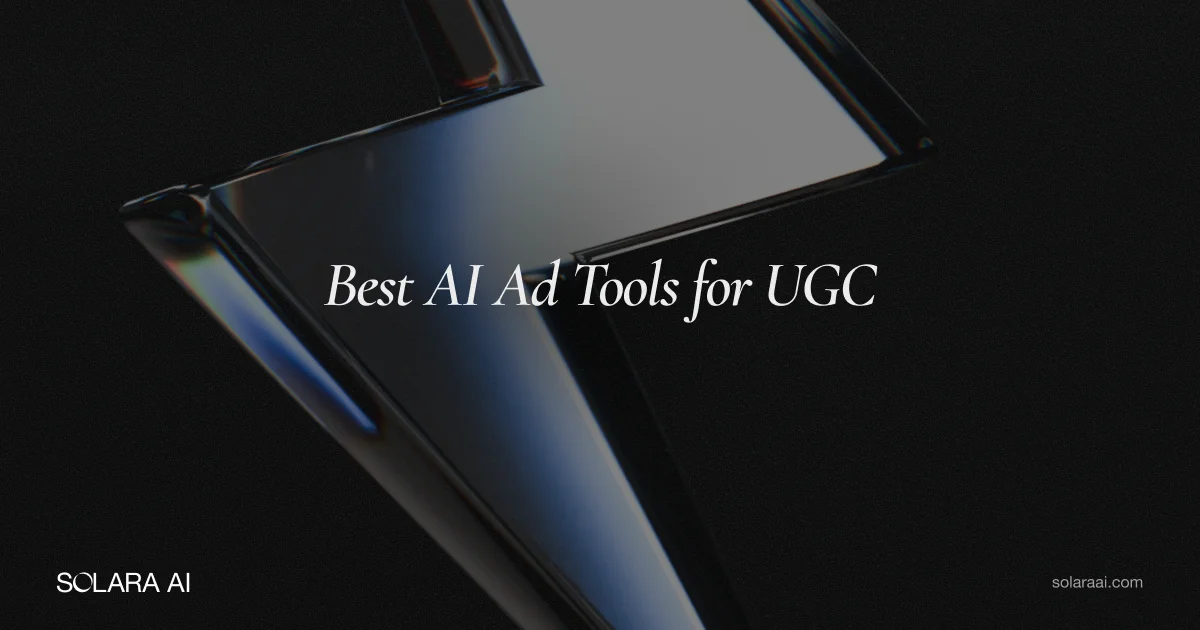

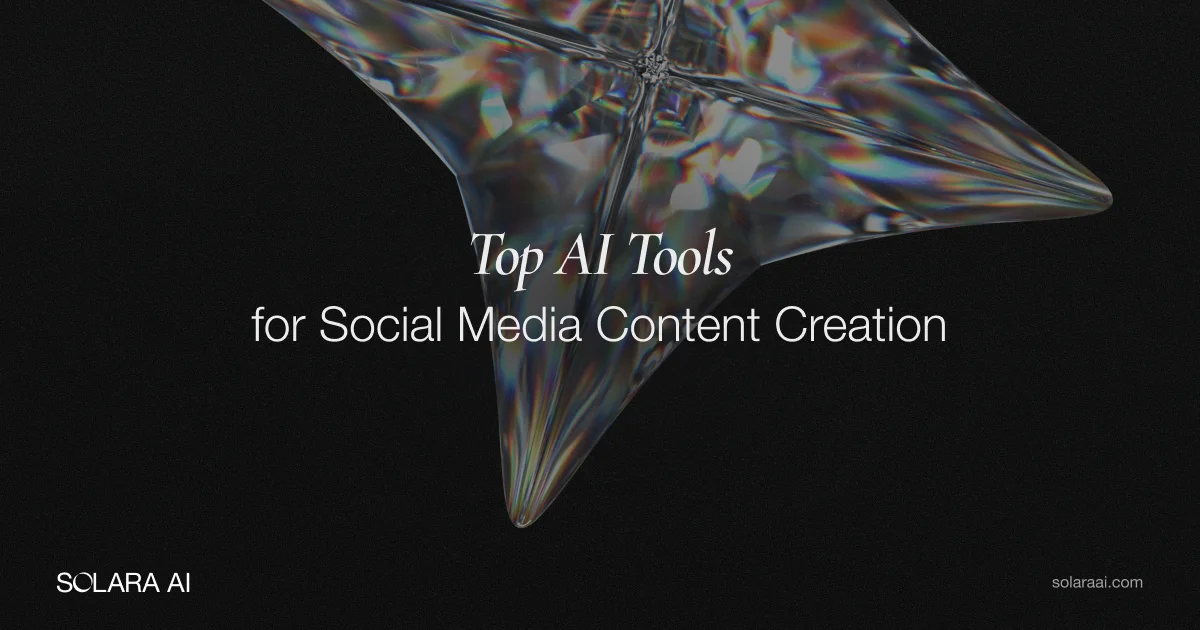





.png)



